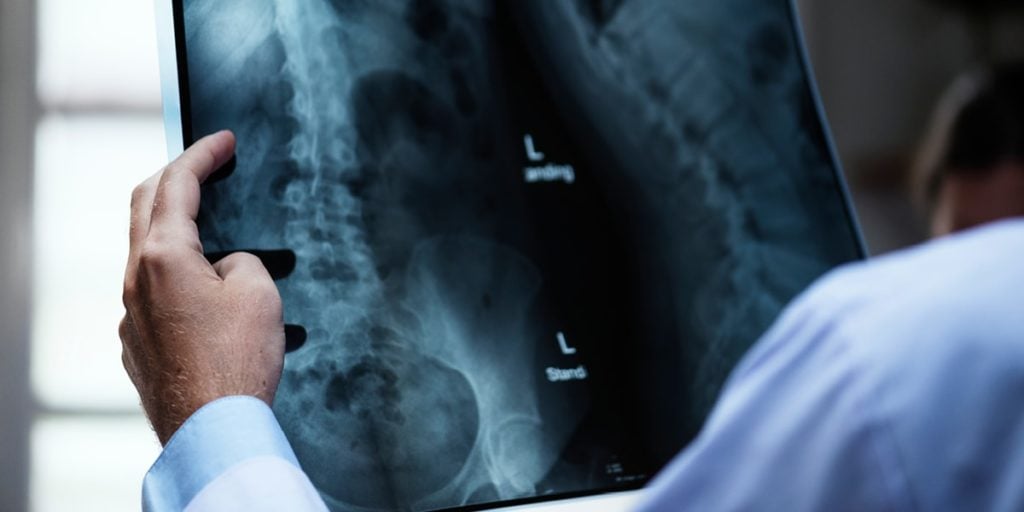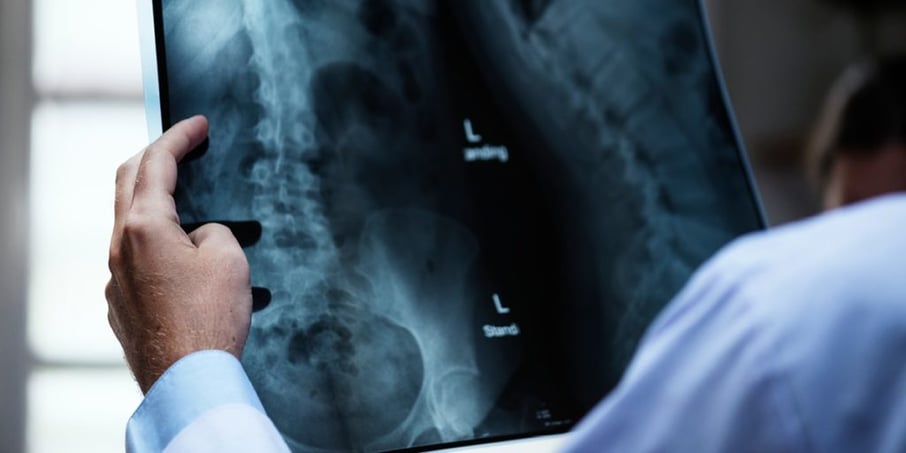Being part of a society that works in front of computers, watches television screens, and has cell phones attached to us every second of our day contributes to conditions such as bulging or herniated discs. In order to prevent inevitable pain and imbalances from these everyday practices, Pilates principles supply the tools we need to help create body awareness and improves our posture to counteract these influences.
When someone with back issues takes a Club Pilates class, simple modifications are given to help clients suffering from specific back pain so they can work in a safe environment toward their individual goals. Whether pain is being felt because of constant body positioning or from the acute circumstance where the spine can herniate from a trauma, instructors are educated on how to properly move the spine in ranges of motion that won’t exacerbate this condition. This enables clients to reap the benefits of the mind-body connection, strength training, lengthening of the muscles, and overall health. Instead of feeling held down with limitations, clients can feel successful within their own practice.
If there is anything to explain Pilates, it’s movement.
Joseph Pilates created exercises that allowed the body to move in all ranges of motion at different skill levels. When people are suffering from conditions such as herniations or bulging discs, life can seem limited and difficult. Pilates exercises avoid painful moves but continue to work the body so that the rest of the spine and joints don’t become frozen. Creating this understanding for people experiencing pain can seem difficult, but Pilates instructors are educated to understand how conditions affect the client and how to properly move out of pain’s range.
A major misconception is that when people get this type of injury, they need to rest. This is true, but that doesn’t mean the entire body has to stop moving unless specifically told by their doctor. Movement supplies energy, de-stresses the body and mind, and prevents injuries from getting worse. A body in motion is a healthy body.
Another major element of Pilates is balance and stability.
Strong joints make the body move with more ease, less pain, and prevent injuries. A body that can correctly stabilize in everyday life equally distributes efforts versus causing constant strain to specific areas. When a client is already affected by a condition such as a herniation or bulging disc, the body is brought into a stage of compensation. Training individuals to purposefully put awareness into where they’re activating when moving throughout their day is imperative. When feeling pain or suffering from imbalances, the body avoids challenging movements and opts for the easier route. This can lead to a progression of pain into other parts of the body. Pilates is just constant help towards creating a body that moves more fluidly and balanced even when efforts are challenging.
Creating a lifestyle involving Pilates will supply a client suffering from herniations or bulging discs with more strength, flexibility, balance, and overall movement. Pilates allows people to use the range of motion that is most beneficial and concentrates on giving members more mobility and energy. Overall, Pilates can help you live with fewer limitations and experience less pain. For a lot of people, this empowers them to live their life with family and friends out of pain's range!
| Try a FREE Intro Class! |




